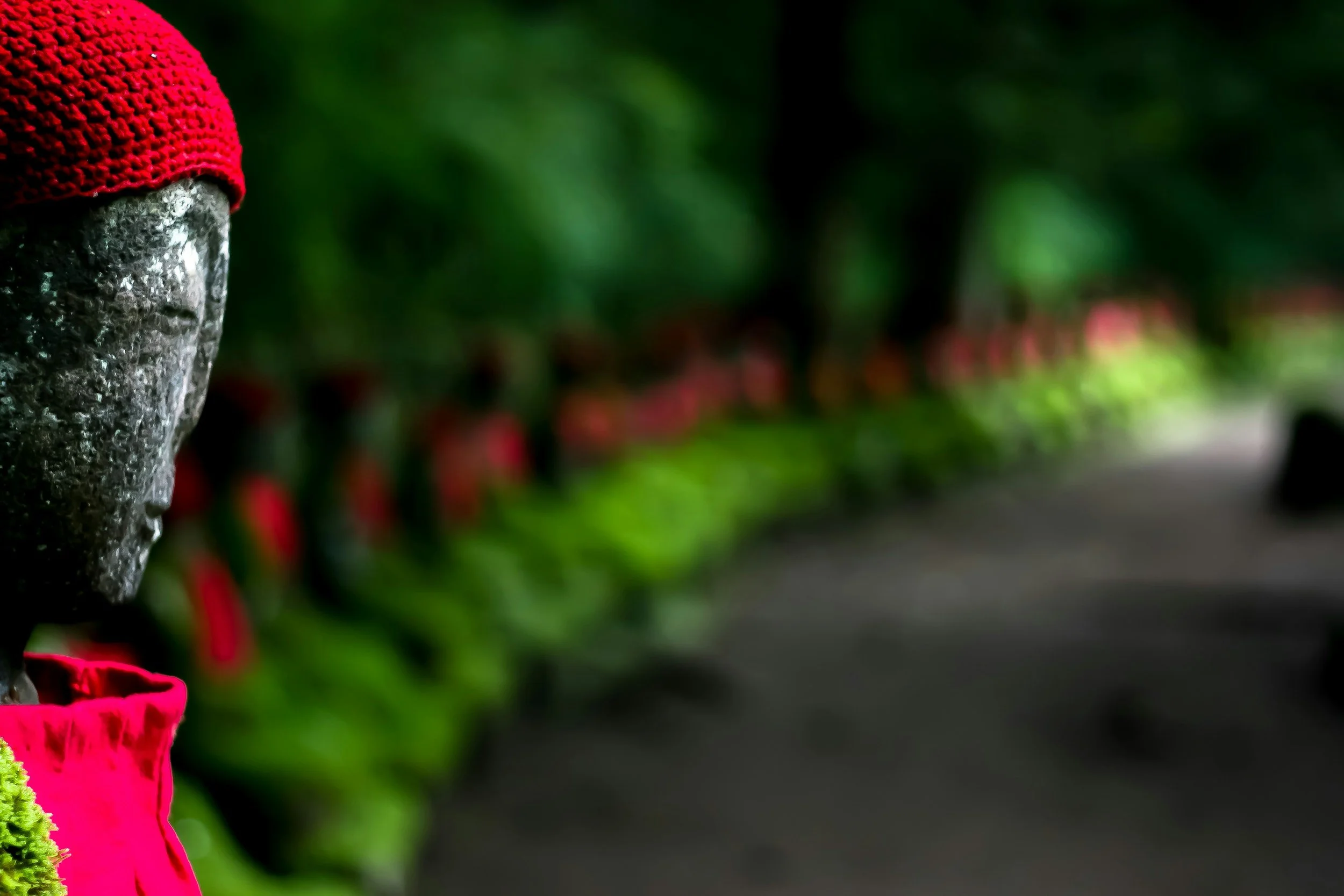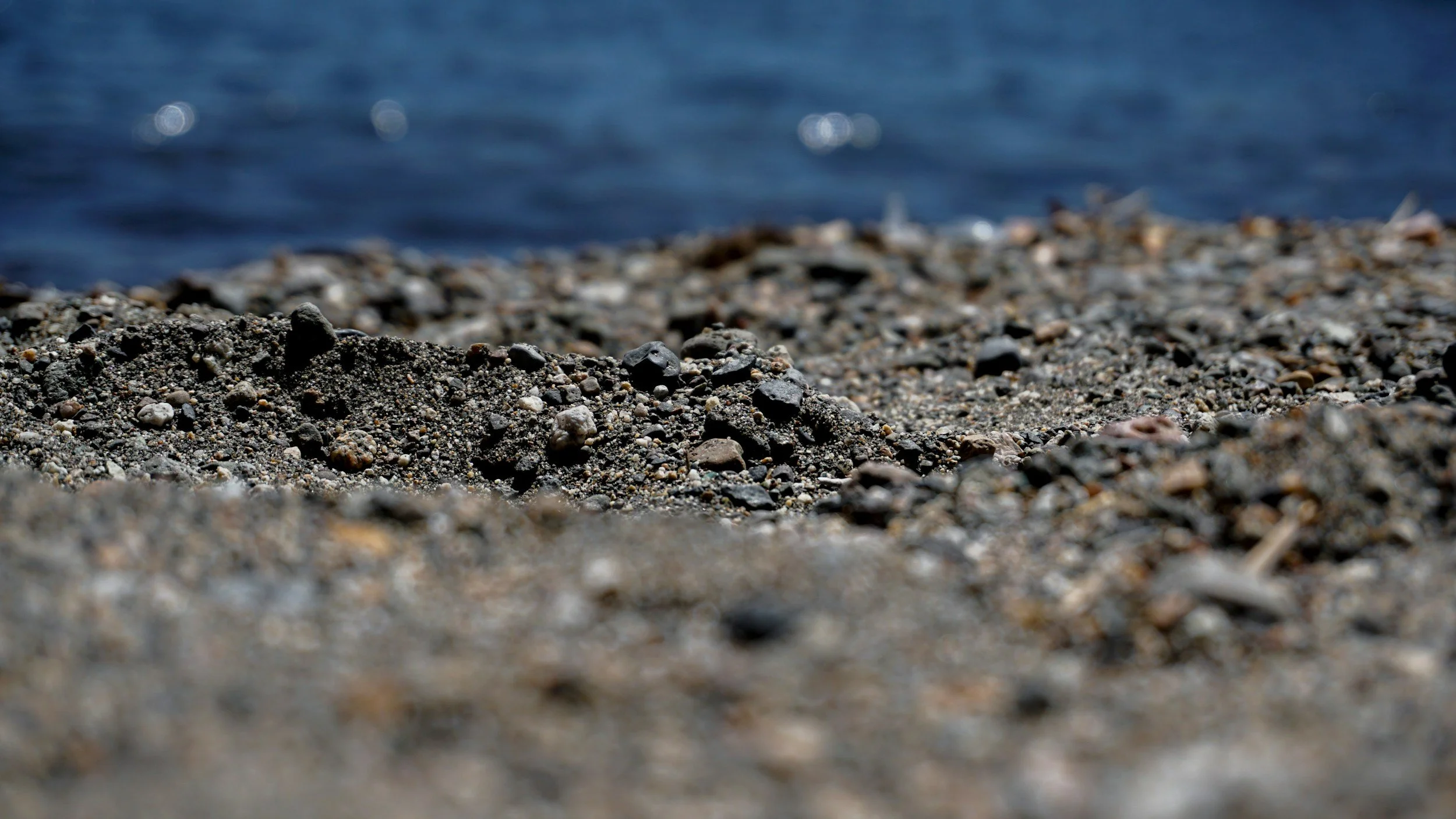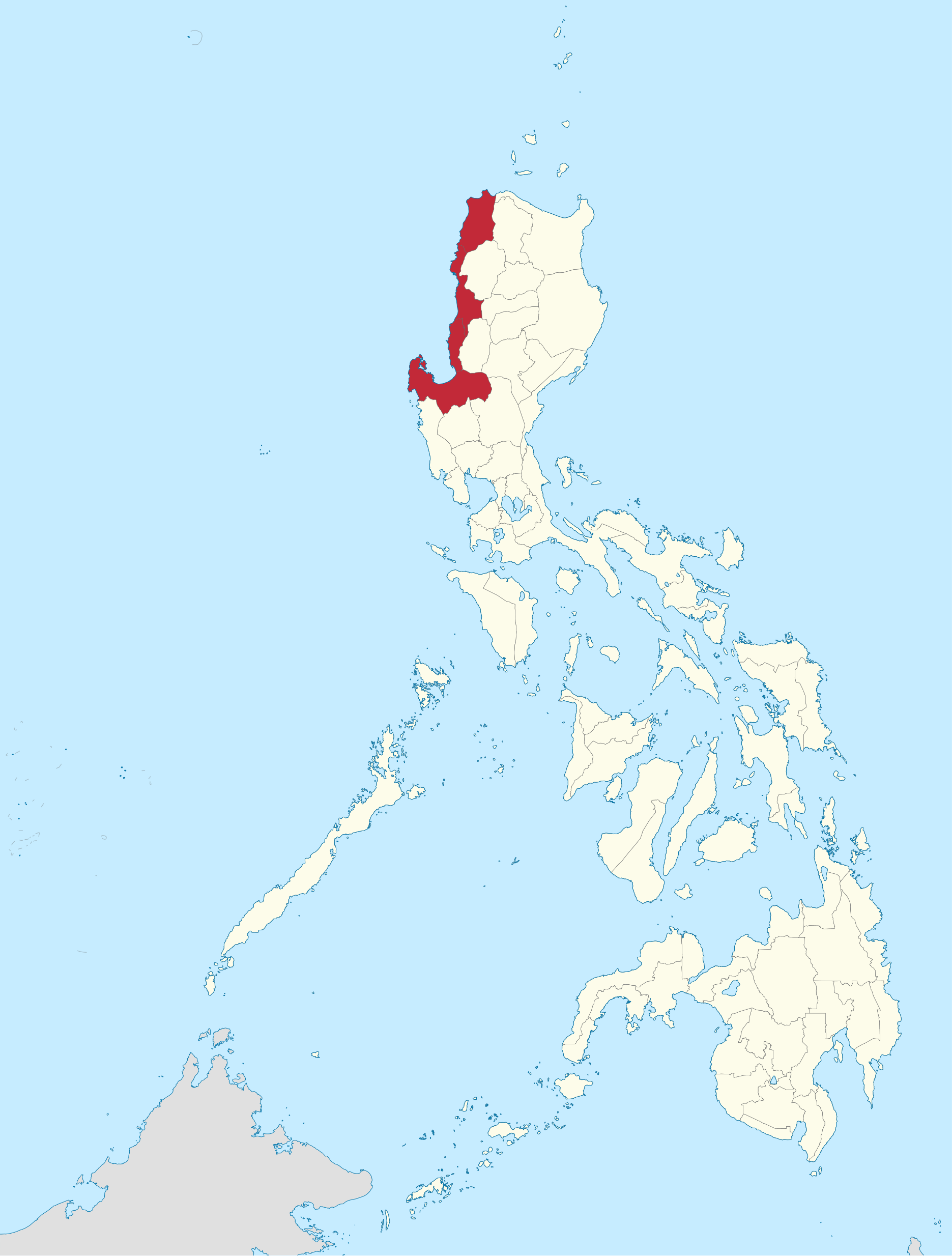
Agbiag ti Ilocano.
Welcome.
The Ilocano people are an ethnolinguistic tribe on the island of Luzon in what is now the Philippines. Its roots are indigenous with connections to medieval migrant traders from what is now Taiwan, China, Japan, and India. Ilocanos are distinct from the Tagalogs—now the primary ethnolinguistic people of the modern archipelago.
Originating from the coastal and highland regions of northwestern Luzon—known as Ilocos Norte, Ilocos Sur, La Union, parts of Pangasinan, and the Cordillera Administrative Region where Baguio is the largest city—our communities have long been shaped by resilience, hard work, and deep ties to land and family.
Wherever we are, we carry with us the values of kinship or kapamilya, community solidarity or binnadang, and determination or agbiag.
Our heritage is rich with traditions like the melodious tones of our language, the distinctive flavors of dishes like dinardaraan, pinakbet, and bagnet, the intricate patterns of inabel weaving, and the rituals that mark life’s milestones.
Our history tells of farmers and fisherfolk, traders and warriors, revolutionaries and migrants—people who have shaped and been shaped by the tides of colonial history.
Here, we celebrate, preserve, and share the Ilocano story.
Agbiag ti Ilocano!
Long live the Ilocano people.

The Ilocos.
The Ilocos region is on the northwestern coast of the island of Luzon. It stretches along the South China Sea and is bordered inland by the Cordillera mountain ranges.
It is made up of four provinces:
Ilocos Norte – the northernmost province, known for its dramatic coastlines, wind farms, and heritage towns like Paoay and Vigan (though Vigan itself is in Ilocos Sur).
Ilocos Sur – famous for its preserved Spanish colonial architecture in Vigan City, a UNESCO World Heritage site.
La Union – a popular beach and surfing destination, as well as a gateway to the highlands of the Cordilleras.
Pangasinan – the largest province in the region by land area and population, known for the Hundred Islands National Park and its rich agricultural lands.
The Cordillera Administrative Region in the mountains are also Ilocano-speaking: Abra, Apayao, Benguet, Ifugao, Kalinga, and Mountain provinces.
The region is historically the homeland of the Ilocano people, although it is also home to other groups such as the Pangasinense and various upland indigenous communities.
Because of its geography—narrow coastal plains hemmed in by mountains—land has always been scarce, which is one reason many Ilocanos migrated to other parts of the Philippines and overseas.

“A person with feelings is not a slave.”
Gen. Antonio Luna, Ilocano, assassinated hero of the Philippine Revolution

“Man must think freedom, act out freedom.”
The Rev. Jose Burgos, Ilocano, Catholic priest executed by the Spanish

“I will fight for freedom, not for myself, but for my country and my people.”
Gabriela Silang, mother of the Ilocano independence movement during Spanish colonial era

